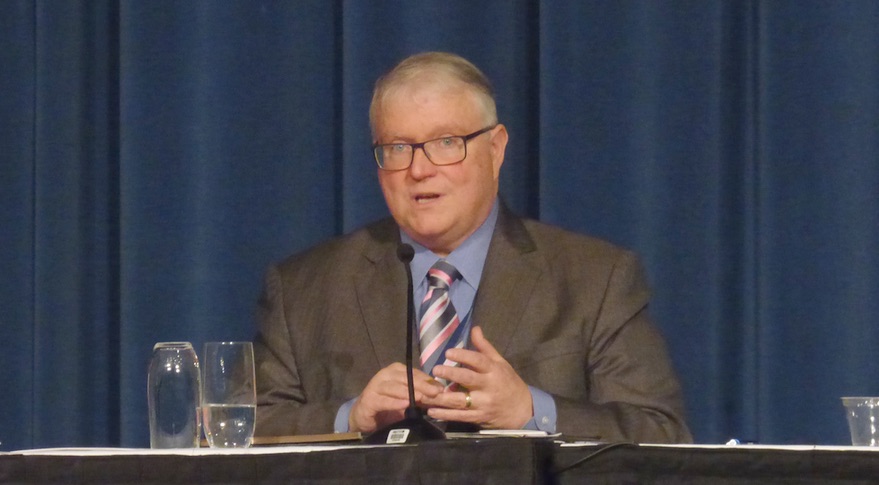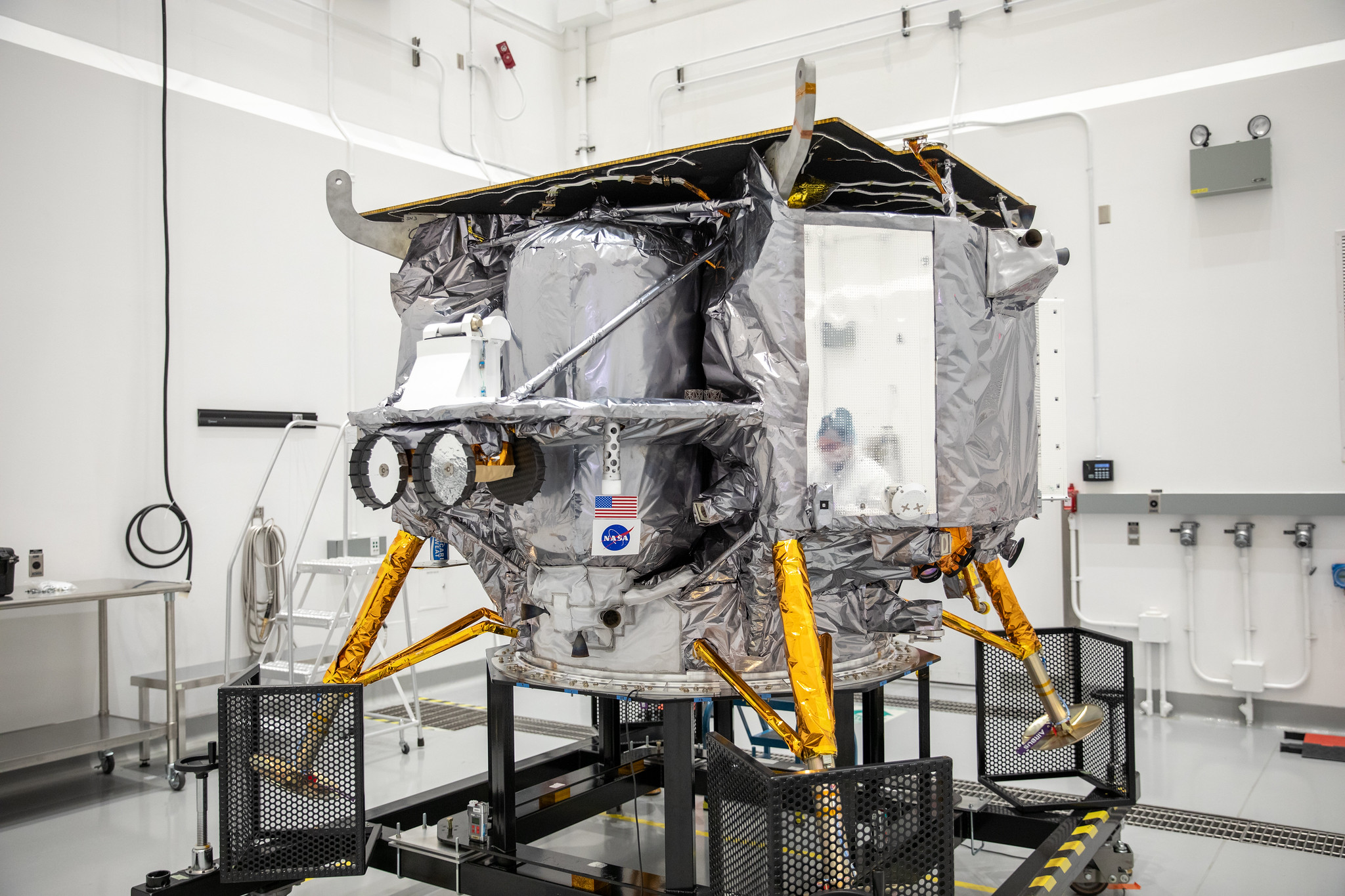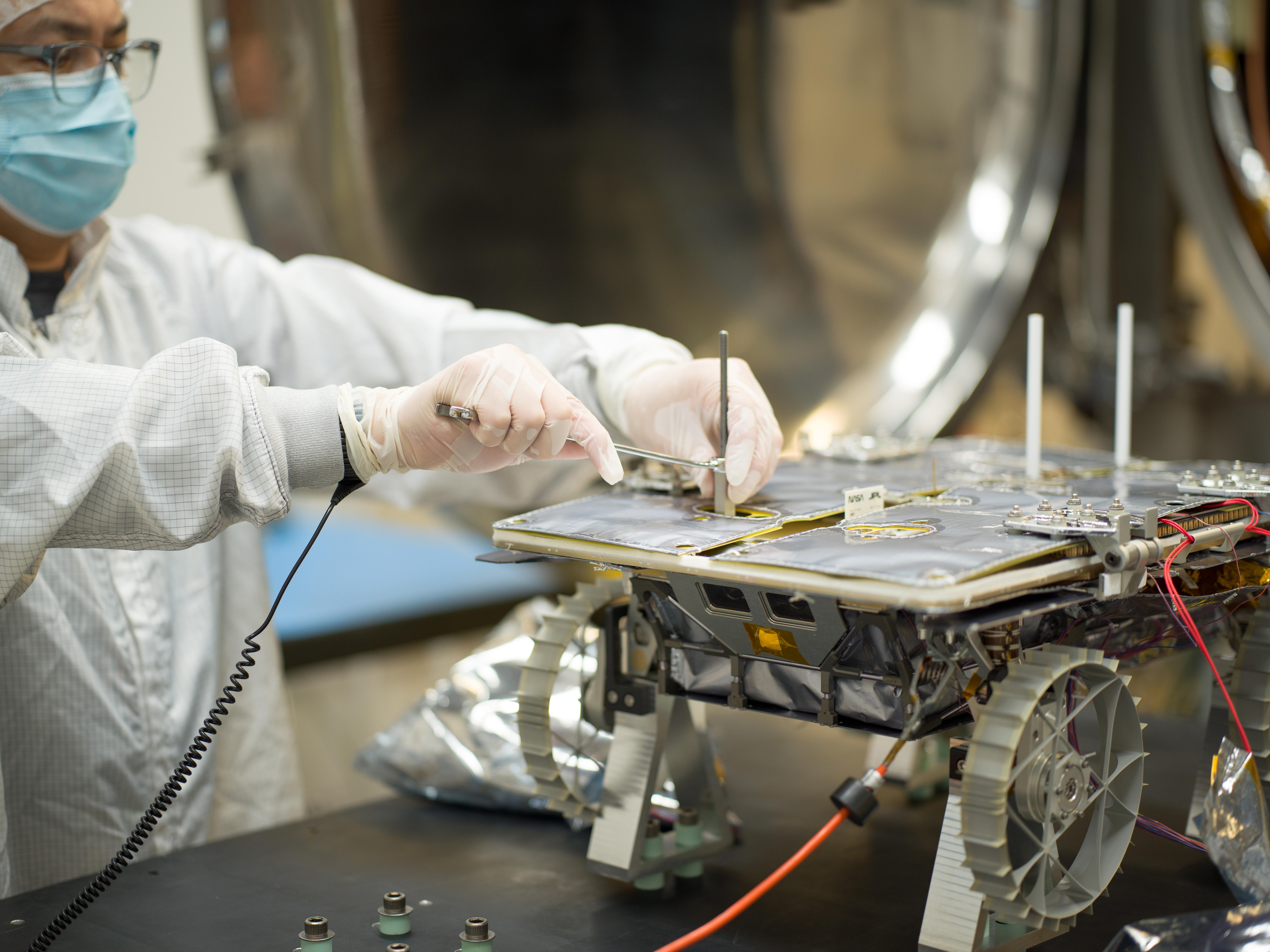Hubble returns to normal operations after switch to backup computer
NASA’s Hubble Space Telescope returned to science operations July 17 after a hiatus of more than a month as controllers successfully switched the orbiting observatory to a backup payload computer. SpaceNews
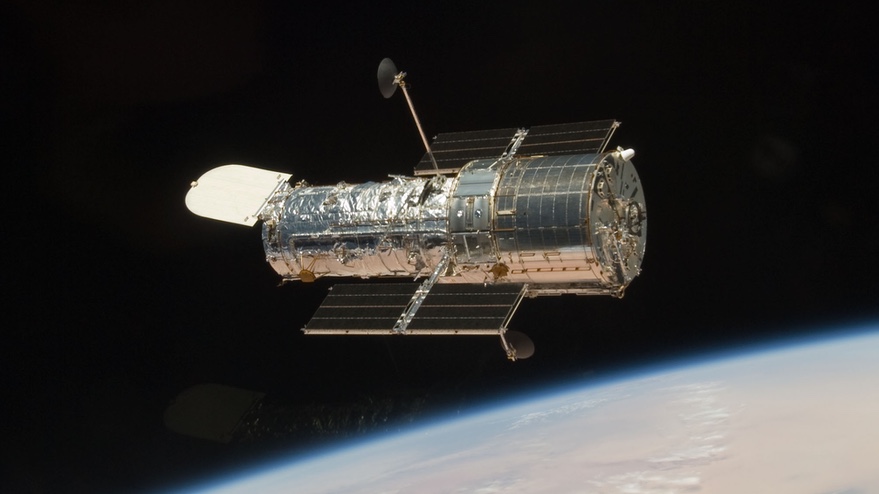
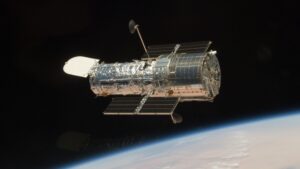
WASHINGTON — NASA’s Hubble Space Telescope returned to science operations July 17 after a hiatus of more than a month as controllers successfully switched the orbiting observatory to a backup payload computer.
NASA said the instruments of the 31-year-old telescope are now operational nearly five weeks after a payload computer, which commands those instruments, malfunctioned. Those instruments will resume normal science observations after completing calibrations.
After weeks of investigation, engineers concluded that the most likely cause of the payload computer problem was a malfunction of a power control unit, which supplies voltage to the hardware in the computer. With no ability to reset the power control unit from the ground, engineers decided to switch to the backup Science Instrument Command and Data Handling hardware, which has its own power control unit.
That transition to the backup hardware started July 15 and, by July 16, NASA reported success in turning on the backup computer system. By July 17, controllers had restored the science instruments from the safe modes they had been in since the payload computer malfunctioned June 13.
“I’m proud of the Hubble team, from current members to Hubble alumni who stepped in to lend their support and expertise,” NASA Administrator Bill Nelson said in a July 17 statement about the recovery of Hubble. “Thanks to their dedication and thoughtful work, Hubble will continue to build on its 31-year legacy, broadening our horizons with its view of the universe.”
The weeks-long effort to restore Hubble to normal operations, one of the longest outages of the telescope in recent years, heightened concerns about the telescope’s future, particularly since the telescope’s final servicing mission was more than a decade ago, in 2009.
NASA officials said they were taking a cautious approach to restoring Hubble during this latest malfunction in order to keep a bad situation from getting worse. “I have given the Hubble team very clear direction that returning Hubble safely to service and not unintentionally doing any harm to the system is the highest priority, not speed,” Paul Hertz, director of NASA’s astrophysics division, said at a June 29 meeting. “Although we’re all impatient to have Hubble back taking science, the highest priority is to be very careful and deliberate and not rush.”
He said at the time that cautious approach included two layers of review of all the procedures being developed to correct the problem. NASA also used a “high-fidelity simulator” to test those procedures before uplinking them to the telescope.
Despite the recent problems, astronomers remain optimistic that Hubble will continue to operate well into the decade. At a meeting of the American Astronomical Society in early June, before this latest issue, officials with the Space Telescope Science Institute said they were working on initiatives to extend the life of the telescope and its instruments to as late as 2030.






















